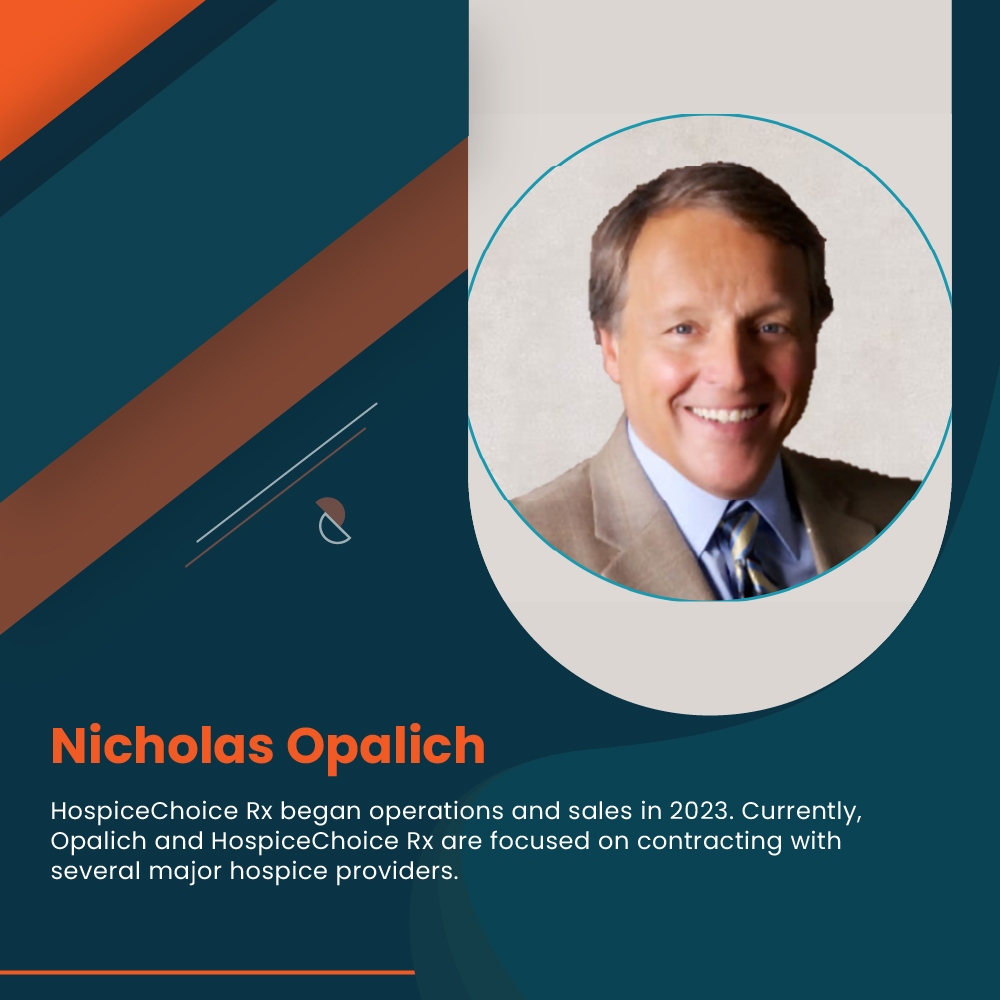
Hospice care is a critical service for patients with terminal illnesses, focusing on comfort, quality of life, and emotional support during the final stages of life. While the primary goal of hospice care is to alleviate suffering and enhance the quality of life, the role of hospice pharmacy optimization is often an overlooked aspect of this care. Effective hospice pharmacy services are essential in managing symptoms, minimizing discomfort, and ensuring patients’ end-of-life experience is as peaceful as possible.
Understanding Hospice Pharmacy Optimization
Hospice pharmacy optimization involves strategically managing medications to ensure patients receive the most appropriate, effective, and safe pharmacological treatments. This process requires collaboration between healthcare providers, pharmacists, and caregivers to tailor medication plans to the patient’s needs and condition.
The optimization process includes selecting the right drugs, adjusting dosages, and reviewing the patient’s medication response regularly. It also involves managing potential drug interactions and side effects, ensuring the patient experiences the least discomfort possible. Hospice pharmacists play a crucial role in this process, providing expertise to adjust medications promptly and appropriately.
The Impact on Pain Management
Pain management is one of the most significant challenges in hospice care. Patients with terminal illnesses often experience chronic pain, which can severely affect their quality of life. Hospice pharmacy optimization addresses this issue by ensuring pain management strategies are tailored to each patient’s unique needs.
Pharmacists collaborate with the hospice care team to create individualized pain management plans, considering the patient’s medical history, current condition, and preferences. They carefully balance the use of opioids, non-opioids, and adjunct therapies to maximize pain relief while minimizing side effects. This approach not only helps manage pain more effectively but also reduces the risk of overmedication and its associated complications.
Enhancing Symptom Control
In addition to pain, hospice patients often experience a range of other distressing symptoms, including nausea, anxiety, shortness of breath, and insomnia. Hospice pharmacy optimization is essential in managing these symptoms, helping to improve the patient’s overall comfort and quality of life.
Pharmacists work closely with the hospice care team to identify the most effective medications for symptom control. For example, they may recommend antiemetics for nausea, anxiolytics for anxiety, or bronchodilators for shortness of breath. By continuously monitoring the patient’s condition and adjusting medications as needed, hospice pharmacists ensure that symptoms are managed as effectively as possible, minimizing discomfort and distress.
The Role of Personalized Medication Plans
One key component of hospice pharmacy optimization is the development of personalized medication plans. These plans are tailored to each patient’s individual needs, taking into account their specific symptoms, medical history, and personal preferences. This personalized approach is crucial in hospice care, where the goal is to provide comfort and dignity during the final stages of life.
Personalized medication plans are dynamic and adaptable, allowing adjustments as the patient’s condition evolves. For example, a patient with advanced cancer may initially require a combination of pain relievers and anti-nausea medications, but as the disease progresses, their medication needs may change. Hospice pharmacists are instrumental in making these adjustments, ensuring the patient’s comfort is maintained throughout their care journey.
Reducing Medication Burden
Another important aspect of hospice pharmacy optimization is reducing the medication burden on patients. Many hospice patients take multiple medications, which can be overwhelming and increase the risk of drug interactions and side effects. By carefully reviewing the patient’s medication regimen, hospice pharmacists can identify opportunities to simplify treatment plans and eliminate unnecessary or redundant medications.
Reducing the medication burden makes it easier for patients and caregivers to manage and enhances the patient’s comfort and quality of life. Fewer medications mean fewer side effects, less confusion, and a reduced risk of adverse reactions. This streamlined approach to medication management is a cornerstone of hospice pharmacy optimization.
Collaboration and Communication in Hospice Care
Effective hospice pharmacy optimization relies on strong collaboration and communication among the hospice care team, pharmacists, patients, and their families. Open lines of communication ensure that the patient’s needs and preferences are clearly understood and that any concerns are addressed promptly.
Pharmacists play a vital role in educating patients and their families about the medications used, explaining how they work, what side effects to watch for, and how to manage them. This education empowers patients and caregivers, making them active participants in the care process. Additionally, ongoing communication allows for timely adjustments to the medication plan, ensuring the patient’s comfort is always the top priority.
The Future of Hospice Pharmacy Optimization
As the healthcare landscape continues to evolve, so too does the field of hospice pharmacy optimization. Advances in pharmacology, technology, and personalized medicine are paving the way for even more effective and individualized approaches to end-of-life care.
For example, pharmacogenomics—analyzing how a patient’s genetic makeup influences their medication response—can lead to more precise and effective treatment plans. Additionally, electronic health records and telemedicine can enhance communication and coordination among the hospice care team, leading to more seamless and efficient care.
Ultimately, the future of hospice pharmacy optimization lies in its ability to continue evolving to meet each patient’s unique needs. By staying at the forefront of medical advancements and maintaining a patient-centered approach, hospice pharmacy services can significantly enhance the comfort and quality of life for those in their final stages.
Hospice pharmacy optimization is a critical component of end-of-life care, pivoting in improving patient comfort and quality of life. Through personalized medication plans, effective symptom management, and focusing on reducing medication burden, hospice pharmacists ensure that patients receive the best possible care during their final days. As the field continues to advance, the role of hospice pharmacy optimization will only become more vital in providing compassionate, patient-centered care that honors the dignity and comfort of every individual.